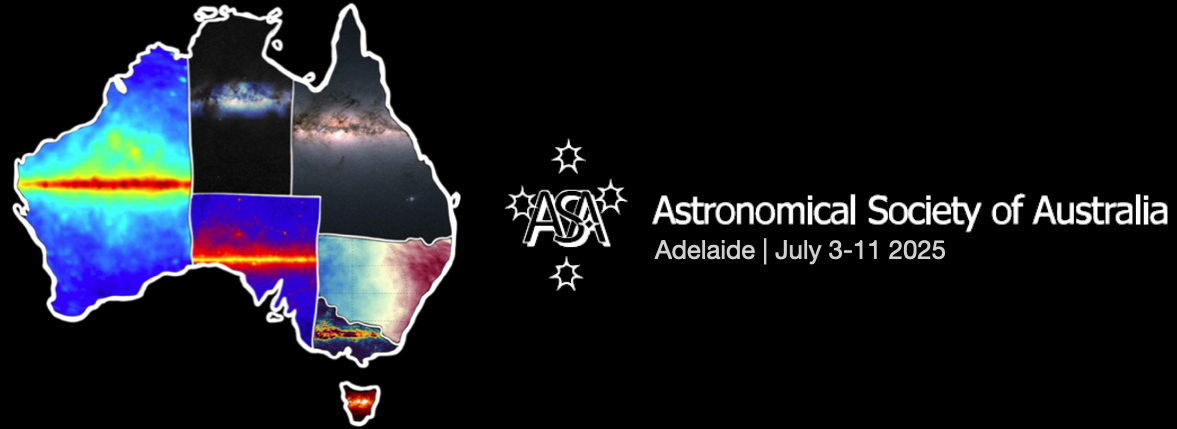Speaker
Description
Debris discs are composed of planetesimal belts containing asteroids and comets that produce dust grains in mutual collisions. Radiation pressure forces acting upon the smallest of these grains can drive them onto eccentric orbits, spreading them far from the point of original production site of the planetesimal belt. Non-conservative forces, such as the P-R effect, can pull grains inwards towards the host star. Radiative transfer models typically assume a fixed number density of dust grains at any location in the belt, irrespective of their size. Here, I present 'Stardust', a 1-dimensional quasi-static dynamics and radiative transfer code designed for bound non-rotating spherical dust grains in debris discs. Stardust can predict the radial distribution of dust grains due to stellar forces, including non-conservative forces, that act on them according to their size and composition. It then models the thermal emission of the dust grains. A key feature of Stardust is its adaptability—it can simulate two distinct rings of sources of dust production, i.e. creating separate analogues of the Asteroid and the Edgeworth-Kuiper belt. The resultant thermal emission is then compared to the spectral energy distribution (SED) of known debris systems for confirmation. Although it operates under certain conditions and limitations, we can leverage Stardust, with targeted modifications, to tackle key questions regarding the nature of debris discs, such as what they are composed of, extended halos structures, and cometary dust.

